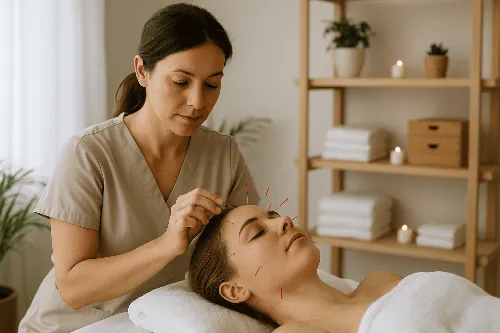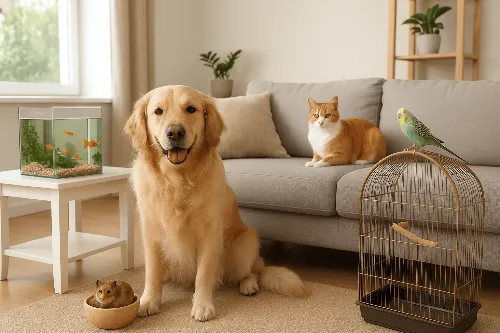
Needleheal Acupuncture: Ancient Wisdom with Modern Healing Power
Health
Moving Companies | Search ads

Emergency Generator | Search ads

Pet Training | Search ads
Maintaining your pet’s hygiene is about more than just looks — it’s a key part of keeping them healthy and happy. A well-groomed coat free from tangles and debris isn’t just attractive; it’s a sign of a well-cared-for animal. But have you ever considered handling grooming duties yourself rather than relying solely on professionals?
While professional groomers certainly have experience, there’s no reason you can’t learn to manage regular upkeep at home. In fact, routine grooming offers a great chance to monitor your pet’s nails, ears, teeth, and overall well-being more closely.
Even if your pet isn’t a fan of water (especially cats), you can still establish a positive, effective grooming routine. Here’s how to get started.
Before you begin, collect all the tools you’ll need. Having the right supplies makes the entire process smoother — for both you and your pet. Be sure to opt for products that use safe, gentle, and natural ingredients.
Avoid products with synthetic chemicals or artificial fragrances, as these can trigger skin irritation.
Brushing helps eliminate loose fur, stimulates healthy circulation, and prevents mats or tangles. Ideally, you should brush your pet a few times a week — or daily for long-haired breeds.
Use long, gentle strokes with a brush suited to your pet’s coat type. Try:
Cats, in particular, may get overwhelmed quickly, so keep sessions brief and experiment with different brushes until you find one your pet accepts.

Moving Companies | Search ads

Emergency Generator | Search ads

Pet Training | Search ads
After brushing, move on to the claws. Use appropriate tools — dog nail clippers or grinders for canines, and a specialized trimmer for cats.
Start slowly, especially with cats. Let them sniff or touch the trimmer before you use it. Clip tiny amounts at a time and gently extend each paw to expose the nails. If you’re nervous, ask your vet to show you the technique once.
Just like humans, pets need regular dental care. Brushing your dog’s teeth helps prevent tartar buildup and bad breath.
Apply pet-friendly toothpaste to a toothbrush and lift your dog’s lip to access the back teeth, then gradually work forward. This is best introduced while they’re young to build comfort.
Cats often don’t tolerate toothbrushing well — if that’s the case, gently rinsing their mouths with water can suffice.
When it’s time for a wash, use lukewarm water and ensure the room is comfortably warm. For small pets like cats, a sink works well. For dogs, a bathtub or handheld sprayer is ideal.
Dampen your pet thoroughly before applying shampoo. Work the lather in from the head (carefully avoiding the eyes and ears) down to the tail, and don’t forget the chest, belly, legs, and paws. Leave the product on briefly before rinsing it all out. For thick or long coats, a pet-safe conditioner can make a big difference.
Use a damp cloth for sensitive areas like the face and around the eyes.
During the bath, check inside your pet’s ears for any signs of redness, odor, or discharge. These could indicate an infection. Gently clean the outer ear using a mild cleanser and a cotton ball — never insert anything deep into the ear canal.
After the bath, towel off as much moisture as possible before using a blow dryer on a low or medium setting. Brush through the fur as you dry, paying special attention to tricky areas like behind the ears and under the tail.
If needed, trim overgrown fur with rounded grooming scissors. Stick to natural lines — no need for precision styling unless you’re confident with clippers.
Once dry and cozy, place your pet on a clean surface or bed. Wipe their face if needed and reward them with a treat and some affection. This positive reinforcement will help them associate grooming with a comforting experience.
Learning to groom your pet at home isn’t just budget-friendly — it’s a great way to bond. With the right tools and patience, you can keep your pet clean, comfortable, and healthy, all without the stress of trips to the groomer.
Involve your family, especially children, to make the process fun and build trust between your pet and the household. A well-groomed pet is not only happier but also less likely to carry allergens or pests — an added benefit for homes with kids or elderly members.
And don’t forget — the money you save on grooming visits can be used for premium food, toys, or wellness products your pet will love.